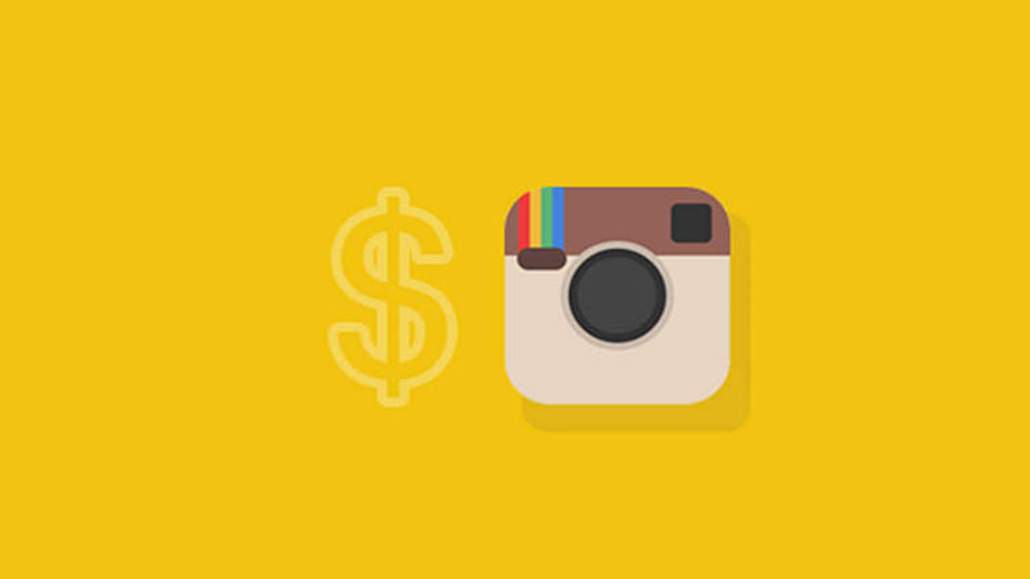Connect with execs from The New York Times, TIME, Dotdash Meredith and many more
As demand for Instagram Stories ads heats up, some early adopters turn to Facebook Stories

Even when Facebook loses, it still wins.
Price spikes are scaring away some advertisers from Instagram Stories and leading them to diversify to … Facebook Stories, which are cheaper.
Facebook news feed ad dollars are slowly following user engagement over to Instagram, according to four ad executives interviewed for this article. It’s relying on buzz around its vertical video format Instagram Stories to speed up the transition as advertisers have been slow to buy into Facebook’s pitch. For example, the percentage of Instagram spend the clients for advertising automation platform Smartly.io has spent on ads in Stories in April accounted for just 16 percent of its total spend on the platform.
“We’re seeing larger clients shift their Facebook budget slowly across into Instagram as that’s where target audiences’ eyeballs are moving,” the head of trading at one of the holding groups said on condition of anonymity. “Clients have pulled advertising from Facebook’s news feed due to low viewability. But as more ad investment moves into Instagram, it will increase cost per thousand impressions as well as cost per clicks. Larger clients seem willing to make that sacrifice.”
Smaller advertisers, who were some of the earliest adopters of Instagram Stories, are worried those ads are about to get pricey.
Some companies like flight-booking app Hopper are looking at Facebook Stories as a cheaper alternative. Advertisers can only buy what limited ads there are in Facebook Stories when they either buy ads in Instagram Stories or in the news feed, which Hopper has been doing in recent weeks. Currently, around 40 percent of its ad budget is spent on Instagram Stories, while another 10 percent is spent on Snapchat. Facebook Stories is a small but growing amount of that outlay, said the app’s head of user acquisition, Simon Lejeune.
“Ads in Instagram Stories were cheaper and more efficient than the other placement, but we’re in the phase where the price is getting more expensive as more advertisers are auctioning for impressions,” said Lejeune. “We started looking at Facebook Stories as a result to see whether it would be cheaper and in some ways more efficient as a media buy when there aren’t as many advertisers there.”
It’s standard to see lower CPMs for any new ad placement with limited availability or adoption because fewer advertisers are competing for the space. Instagram Stories has around 400 million daily active users, according to Facebook, while Facebook Stories has around 150 million — 40 million fewer than those on Snapchat.
“We see around 20 percent of the volume we get on Instagram Stories on Facebook Stories,” said Lejeune. “While that’s not a large enough pool to start making conclusions, we’re able to track how the audience between the two could be different as Instagram is likely to be younger, more tech-savvy users versus Facebook’s older demographic. When we run on Instagram Stories, it’s easy for us to extend the campaign to Facebook Stories to compare the two formats.”
The pivot to Facebook Stories is more opportunistic than strategic, with Lejeune concerned over whether an older traditional Facebook user will take to the format in the same way the younger Instagram crowd has.
There are other advertisers looking to benefit from the lack of competition for ads in Facebook Stories with early tests to see how people respond to organic posts before deciding on whether to buy the actual ads.
“We have seen brands start to test Facebook Stories from an organic point of view, but the paid aspect is still in beta at the moment so not available to all advertisers,” said Catherine Chappell, paid social account director at iProspect. “I would not expect adoption to be as high on Facebook in comparison to Instagram as it is a different mindset when using each platform.”
From a paid perspective, Instagram Stories offers conversion optimization, whereas Facebook Stories does not right now, said Jesse Math, group director of paid social and display at PMX Agency.
That’s a function of volume, and it’s something Facebook is planning to offer as the format starts to attract a higher volume of users. The business has already told some ad buyers to expect more options in the coming months, including unskippable ads.
“The difference is that few advertisers really have a specific Instagram strategy, overall, in the same way that they have for Facebook from a performance lens,” said Math. “They’re mainly looking at overall placement optimizations, and prioritizing different audiences. We’re actively encouraging our clients to use Stories for younger targets, and we really like the ability to retarget people who’ve viewed or engaged with a Story. But we’re not looking to drive massive conversions or click-through rates yet; it’s still early.”
More in Media

Three publishers’ workforce diversity reports show DEI efforts remain sluggish
Overall, staff diversity at The New York Times, Hearst and Condé Nast has either marginally improved or stalled in 2024, according to their annual workforce diversity data this year.

Retail media meets publishing: News UK, Future and Ocado tap clean room tech for smarter data targeting
News UK, The Independent, Immediate Media and Future are teaming up with retail media network Ocado to test clean room-powered data matching.

From sidelines to spotlight: Esports events are putting creators center stage
Esports events’ embrace of content creators reflects advertisers’ changing priorities across both gaming and the wider culture. In the past, marketers viewed esports as one of the best ways to reach gamers. In 2025, brands are instead prioritizing creators in their outreach to audiences across demographics and interest areas, including gaming.








